Raw Peanut’s: An Important Part of a Racing Pigeon’s Diet
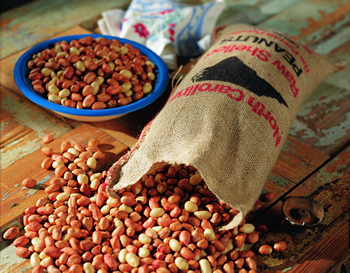 The racing in Taiwan is the most challenging and difficult for the young racing pigeon. The strenuous schedule or race series and the very young age of the birds requires them to have the best food sources (grains), with the greatest and nutritional value, available.
The racing in Taiwan is the most challenging and difficult for the young racing pigeon. The strenuous schedule or race series and the very young age of the birds requires them to have the best food sources (grains), with the greatest and nutritional value, available.
Peanuts are superior to any other grain we can give our birds for racing. You should feed them in raw form or as unroasted nuts. We prefer the RAW SPANISH PEANUT because of its small size and uniform shape. However, regular peanuts are just as good, but might be a little more difficult to eat because of the odd shape and larger size. Both have the same nutritional value and will produce the same great results, with the RAW SPANISH PEANUT having a little better taste. You should feed peanuts whole, with the skin still on. This ensures that the birds will get the most value from the food source. When peanuts are halved or crushed, they loose a great deal of their nutritional value. Peanuts should be stored in a cool place, free of dampness or moisture. If properly stored, they will last for up to 1 year with no problem. Here in the USA , we buy them in 110 lb. bags direct from the peanut companies. We buy only # 1 grade, which are fit for humans. This gives us the very best to feed to our birds. The cost is about $1.00 USD per lb. This is one of the best investments a fancier can make to ensure success in breeding and in the racing loft.
Peanuts contain the highest oil content, more then grains like sunflower seeds, linseed, hemp seed, and rape seed, which are all very high in oil content.
Peanuts contain an extremely high FAT content 47%, compared to CORN 4%, WHEAT 2%, PEAS 1%. Peanuts are high in PROTEIN 30%, CORN 10%, WHEAT 12%, PEAS 23%.
CORN, WHEAT and PEAS are high in carbohydrates 55-70% as compared to PEANUTS 12%. This is important because when carbohydrates turn into energy, they give us 1/2 amount of energy as do grains high in fat.
Therefore, peanuts give our birds over 2 times as much energy or fuel to race than corn, wheat or peas. The nutritional value or energy our birds receive from peanuts is 2 times greater than normal feeds.
During the race, the birds store energy in the form of “GLYCOGEN” in their muscles and liver. The glycogen, much like gasoline in your car changes to energy to move the vehicle. When the glycogen tanks of our birds are empty, they have no more fuel, and our birds are still on the wing, they start to burn up their body protein. This means the pigeon has to use up its own muscles, in the process losing weight. In extreme cases, they may come home as just feathers and bones, or they may never return. Birds that are fed peanuts (47% fat), instead of the normal feed (5-10% fat) low in fat content, can handle the tough races without losing weight or using up their own muscles. They return home in excellent condition to race again the next week. This is very important with the Taiwan style of racing, where birds must complete the race series to win large prizes.
The peanut is the first class fuel for our pigeons’ racing engines. These nuts far exceed other feeds (grains) in energy value by 2 to 1, or twice the value. The night of basketing, we give the pigeons as many peanuts as they want. One helping of peanuts equals in energy value two crops full of regular feed. The birds are actually eating for two days. If you were comparing it to your car, you would have 2 tanks of gas with peanuts and only 1 tank of gas with normal feed.
The “peanut pigeons” have less need for water than the birds that have been fed ordinary grain rations, because the grains have to stay longer in the crop, while soaking up water, until they are soft enough for the muscles of the stomach to be able to grind up. This process takes quite a bit of energy. Peanuts do not need soaking, which means they need little water and leave the crop relatively fast. They are soft so it takes little energy to digest them. Thus, peanuts are an advantage to our racers because they are faster to digest than regular grains. Fanciers who feed peanuts agree that their pigeons are less thirsty, even on hot days. When they return to loft on these hot days, they are more alert, active and less fatigued.
As with other feeds that pigeons are unfamiliar with, it takes a while to get to eat the peanuts. It is an advantage for the fancier to feed peanuts to his breeders. They are excellent for both healthy breeders and to develop nice young, but more important, it introduces the young birds to peanuts. They love the taste. The birds become tame, with no trapping problems. They admire their fancier and become more motivated to return to their loft and perches.
How do we feed this valuable grain to our birds to achieve success? We still feed our regular grain mix (15%-17%) and add peanuts to the birds’ diet. You will notice in a short time that the birds will eat less when you start to feed them. When the birds are in training, developing and racing, the owner hand feeds them all they want to eat. The fancier stays with the birds, giving them grain until they are full, making sure that they take a good drink and on their own perches.
You should give breeders 1 – 2 lbs. of peanuts per 20 pair of breeders. The fancier should take the time to place 5-10 peanuts in the nest bowls of cocks or hens sitting tight on eggs or young. You should feed the pigeons as close to equal amounts. This is difficult because of fast eaters in the loft. You should hand feed small amounts at a time to make sure each birds gets his fair share.
The race team should have no problem with eating peanuts, because they have acquired a taste for them while fed in the nest. They are excellent for young birds at any age and you should give a few to the birds every day. As training gets tougher, you should add a few more peanuts to birds’ diet. As we approach qualifying races and the first race, we should increase the amount of peanuts each day for 5-6 days before a race. The day of basketing or shipping, the birds should have free choice to eat as much as they want. We always send the birds to the club (night of shipping) with full crops, full of food and water. We are careful not to feed too close to the travel time to the club. Some birds will vomit up food, which is of no value. Give the birds time to eat and drink at the loft and time to rest on their perches before basketing and traveling to the club. We like to keep our birds in the loft as long as possible before we go to the club. They can rest and are not fighting in the club baskets. We place a few birds in each carrier when we travel to the club. We like to give them plenty of room. It is foolish to crowd the birds when you can take 2 carriers with plenty of room.
When the races are long and tough, and the birds are on the wing for several hours, the pigeons with large supplies of peanuts do not suffer from muscle loss or loss of weight. Peanuts provide the energy to protect their muscles, to keep their proper weight and to stay in form to race another day.
Like this article? then you’ll love Pigeon Racing Nutrition Secrets Exposed > > Click here to learn more

Raw Peanut’s: An Important Part of a Racing Pigeon’s Diet by Bob Prisco

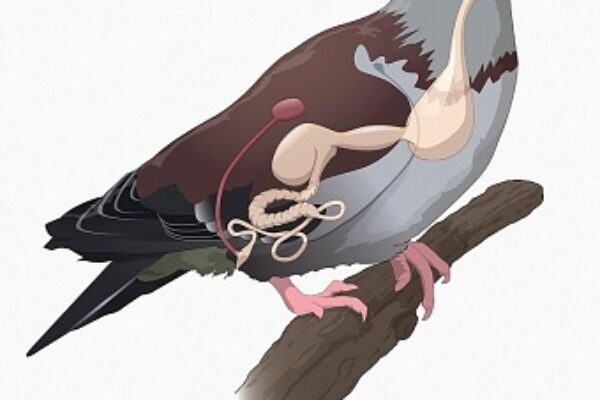

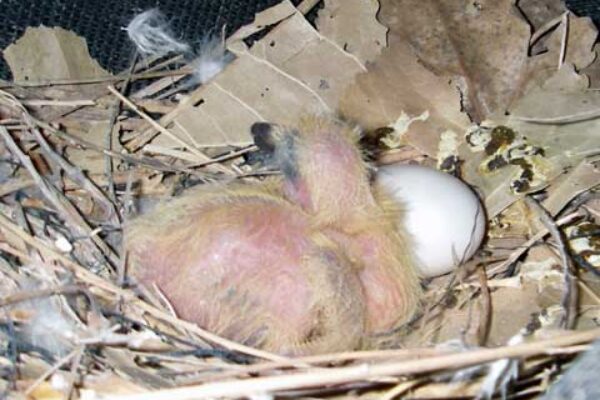
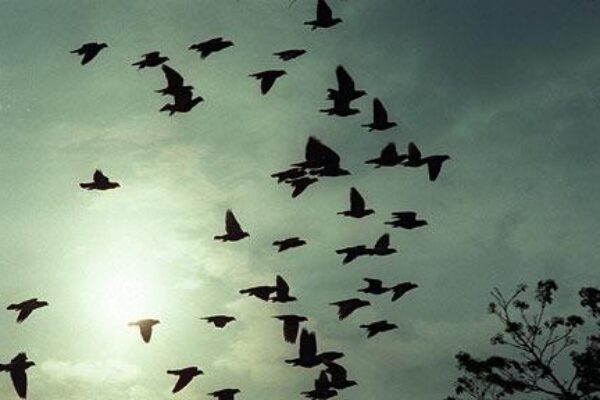
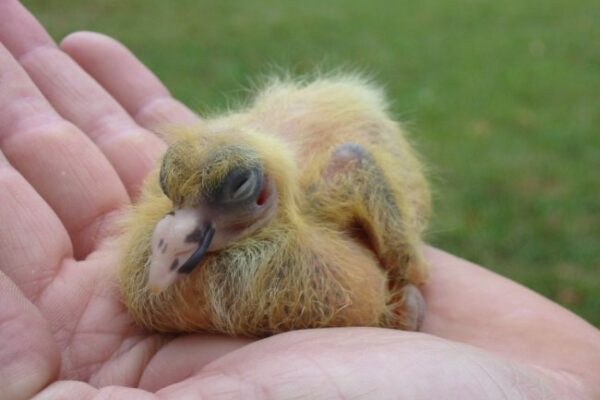
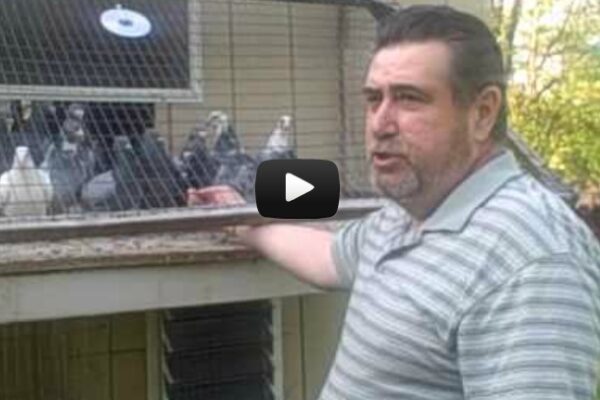


if you put peanuts in your microwave 1 lb at a time for 1 minute it will kill any bactera fungest on them than they will be fit to feed your pigeons peanuts have a lot of fat and carbs in them keep this in mind
Peanuts are the best food for energy in a long distance pigeon, every 10 peanuts is about equal to 1 hour of flying time, if you crush them and mix them with some cheese and sheep fat they are even better for loading energy into your birds. I used this formula 60% peanuts (preferebly Spanish) 30% Cheese (Gourda is good) and 10% Sheepfat (I used Herbots as it contains antioxidants to stop it going off in the heat. I used this on the build up to the Countries 2 biggest races I entered for the last two years when I clocked the longest flying bird in the Liberation at Dax and then the year after at Barcelona. It is of the Upmost importance that the peanuts are RAW and that they are fit for human consumption. If buying a lot at once storage is very important that they are dry but cool as otherwise the can develop a fungus that will put the birds out of form.
Just picked up our RAW SPANISH PEANUTS # 1 GRADE for the breeding season and old bird racing. The price has varied the last few years from .85 cents a pound to $2.45 a pound due to weather conditions , etc. Today’s price is $1.35 pound.
Where do you find peanuts for that price?
WRICLEY NUT PRODUCTS CO.
480 PATTISON AVE.
PHILADELPHIA , PA.
215-467-1106
I usually buy 200 lbs. at a time.
They come in 110 lbs bag or 25 lbs boxes.
The 25lbs boxes they are 1 penny higher in cost than the 110 bags.
They are # 1 grade.
You may have to buy 100 lbs at a time , not sure .
nice article………..its true that peanuts give them extra energy…….and i got the result last year…
i use peanuts as a reward after every toss or race
don’t need a lot just a few to each bird
what is the ratio of the peanuts to grains.
Great article. I will try it if I can find anyone here in Maine that sells them.
I sell about 1,200 pounds of raw peanuts a week in my wild birds specialty store. The wild birds love them but peanuts are never a major part of their diets. I would proceed with caution when feeding peanuts to confined birds. I have been feeding small quantities of peanuts to my show pigeons during the show season since the mid 80’s, but I have always been careful because of the trypsin inhibitor in them which interferes with protein absorbtion. I would love to hear from an animal nutritionist on this subject.
Good article, where do you buy your peanuts in bulk 110 lb. bags. I can’t find anything
larger than 30lb. bags, and this company wants over $100.00 for that. I’m in California
any help will be appreciated.
It is my understanding that peanuts take a couple of days to give energy to pigeons. So if they will be in the basket overnight to fly the next morning they will return slow. Please correct me if I am wrong about this.